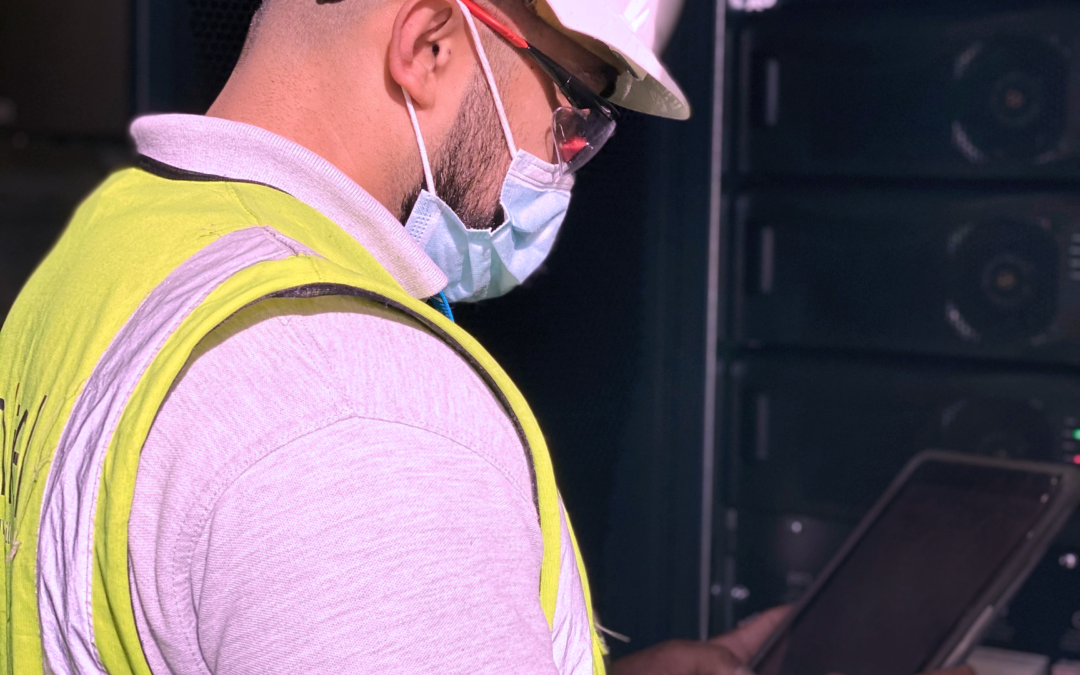All installations have their own challenges regardless of size. It might be logistics, budget or fitting in with tight project timescales. However, installations with limited space can prove some of the most ambitious when it comes to UPS infrastructure to protect critical power.
Due to fixed or existing assets, adjusting physical infrastructure can be difficult, so you need to find a way to incorporate some form of adaptability where you can. Adding flexibility into design will allow the implementation of what’s needed today, while offering the ability to adapt to support your future requirements.
CENTIEL’s modular UPS has been designed with flexibility and scalability in mind and can be reconfigured to fit into different types of equipment. Because of the architecture within modern, modular UPSs, the outer layers can essentially be stripped away, and the inner components integrated into other hardware products such as racks and IP rated enclosures. This can dramatically reduce the overall footprint of the equipment, and there are many other important benefits too.
One way to advance this further, is to build the UPS into low voltage (LV) switchgear, where the UPS, batteries, and switchgear are now all contained within the same unit. This results in a more efficient use of space and less cabling and containment which is now integral. In addition, design and implementation are simplified, reducing the amount of labour and installation time needed. This can have a positive impact on the overall costs and project timescales can be reduced.
It’s also a more aesthetically pleasing installation plus it’s cleaner if the equipment can be built, fully tested and pre-commissioned off-site. For contractors, it is one less thing to think about when overseeing the entire fit-out. Knowing the solution is functioning prior to its arrival, can remove any uncertainty surrounding the: “will it or won’t it work?” scenario.
These turnkey integrated packages are growing in popularity and are ideal for installations where space is at a premium, such as financial institutions and medical facilities. Space has always been a challenge for growing organisations, as the load demand changes, so does the need for plant equipment. As a supplier, you may often find yourself battling for space and I’m not just talking about the UPS and its associated infrastructure. This could also relate to the air conditioning, switchgear or fire suppression. There are numerous providers staking their claim on space and ultimately, it’s all got to fit!
Working closely with switchgear manufacturers, we can align our solution without compromising on performance or increasing budget. This needs detailed cooperation and joined-up thinking, working with a team of experts who understand what can be achieved. By combining the footprints of the switchgear, UPS and batteries, we can commission an all-encompassing power conditioning suite.
One of the keys to success is selecting the right partners to integrate the UPS and other equipment. All parties must adopt a flexible approach to design and logistics and be open to developing bespoke, adaptive solutions according to the client’s needs. We work with a few trusted, hand-picked manufacturers who can provide the quality solutions required to ensure the cohesion between our brands. The result is we can offer an integrated, turnkey UPS which saves space, time and takes away any uncertainty for our clients.
So, when small spaces do become a big challenge, talk to our experienced staff at CENTIEL. Our goal is to achieve the ultimate availability of power possible for our client base while helping them keep a careful eye on expenditure. The team has been at the forefront of UPS development over several decades bringing to market the most available and efficient UPS systems. We will work with you to evaluate and calculate any potential savings and collaborate with trusted suppliers to deliver bespoke, turnkey solutions. We work closely with clients, consultants and contractors to ensure UPS systems are all configured optimally and as a result, the critical load remains protected at all times.
This article was originally featured in ECN Magazine May 2021

